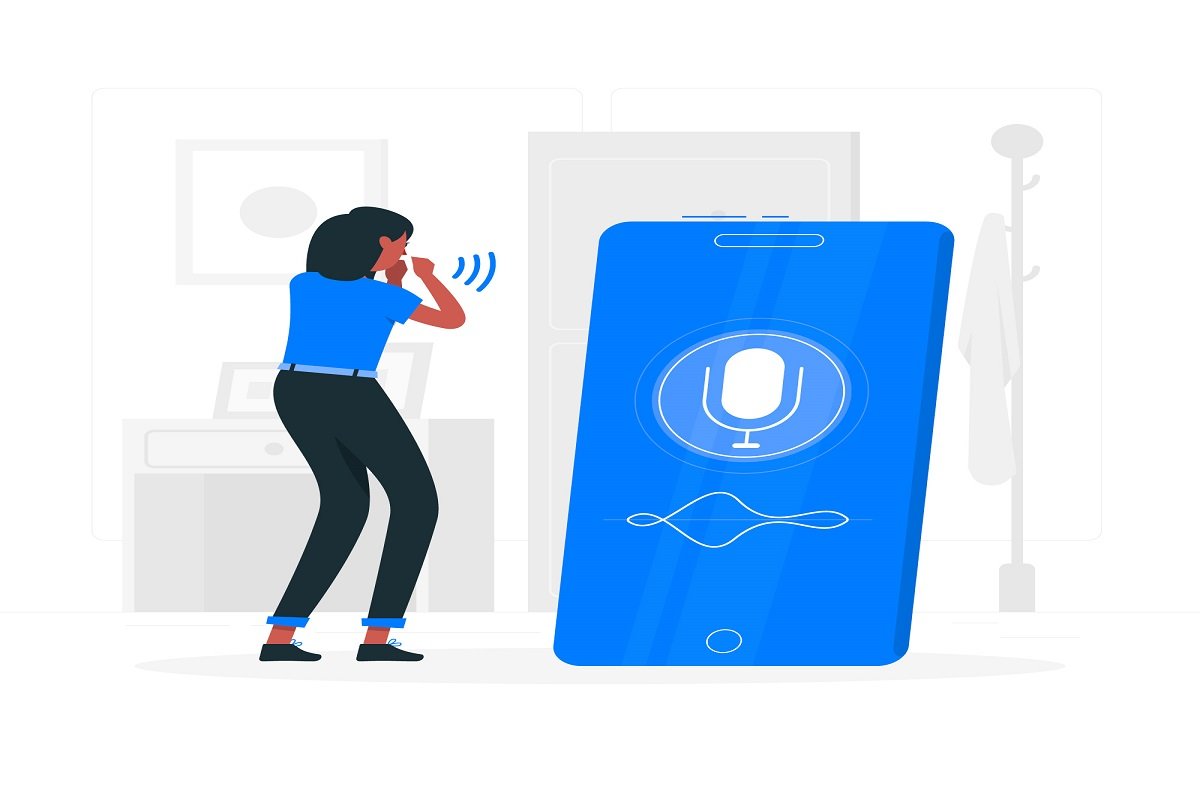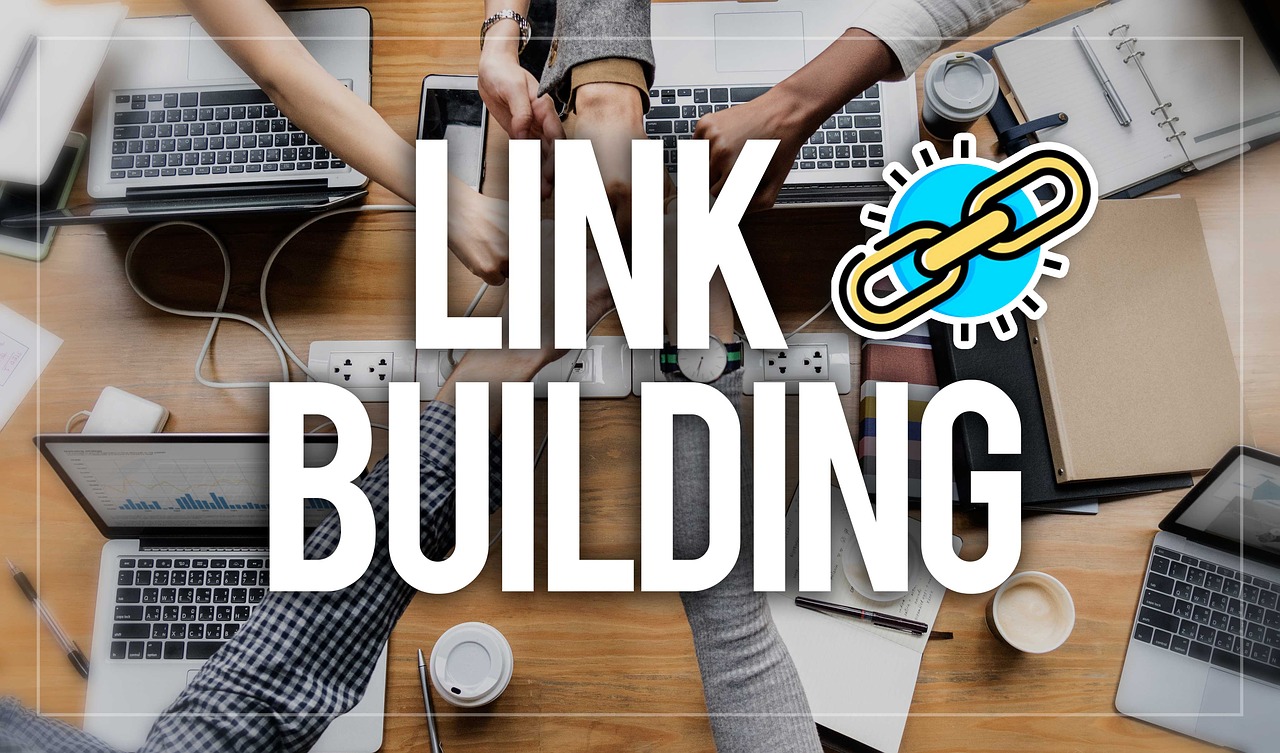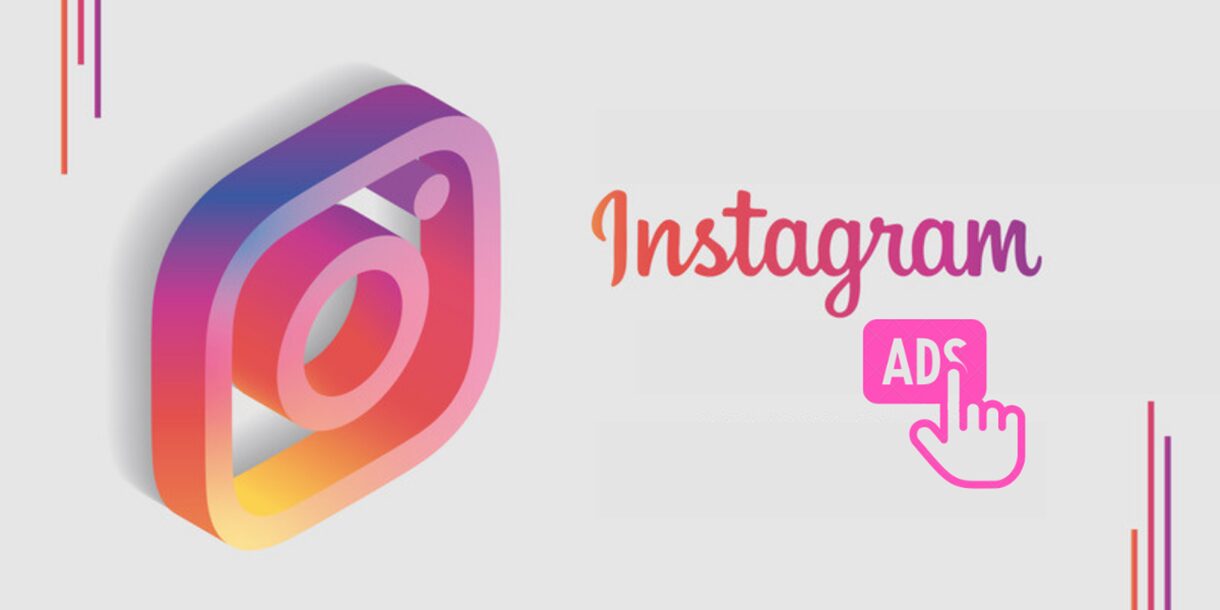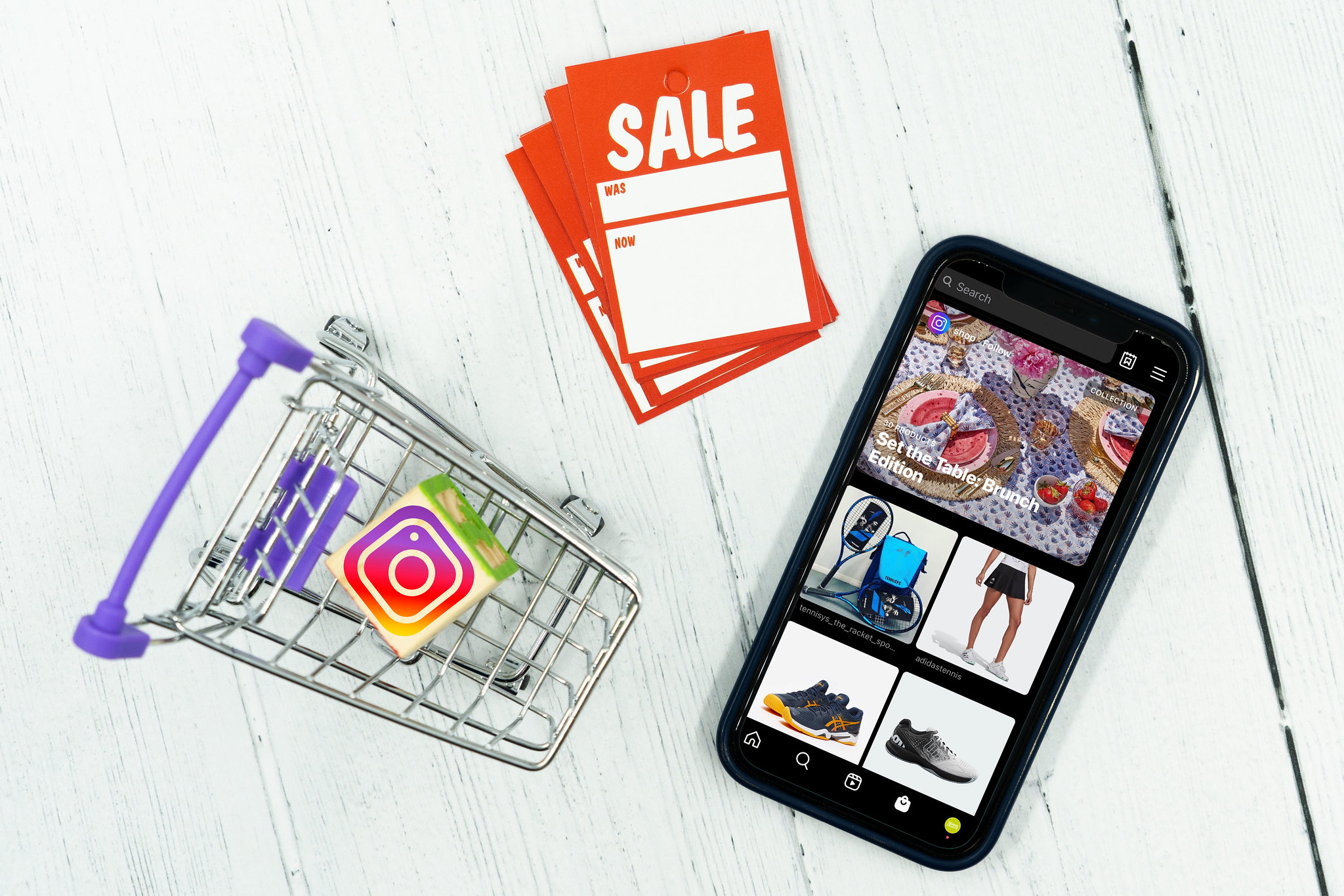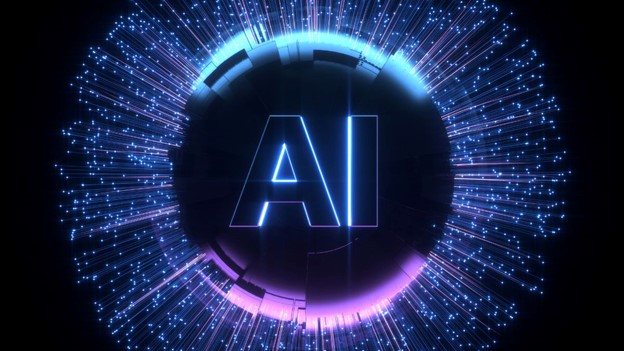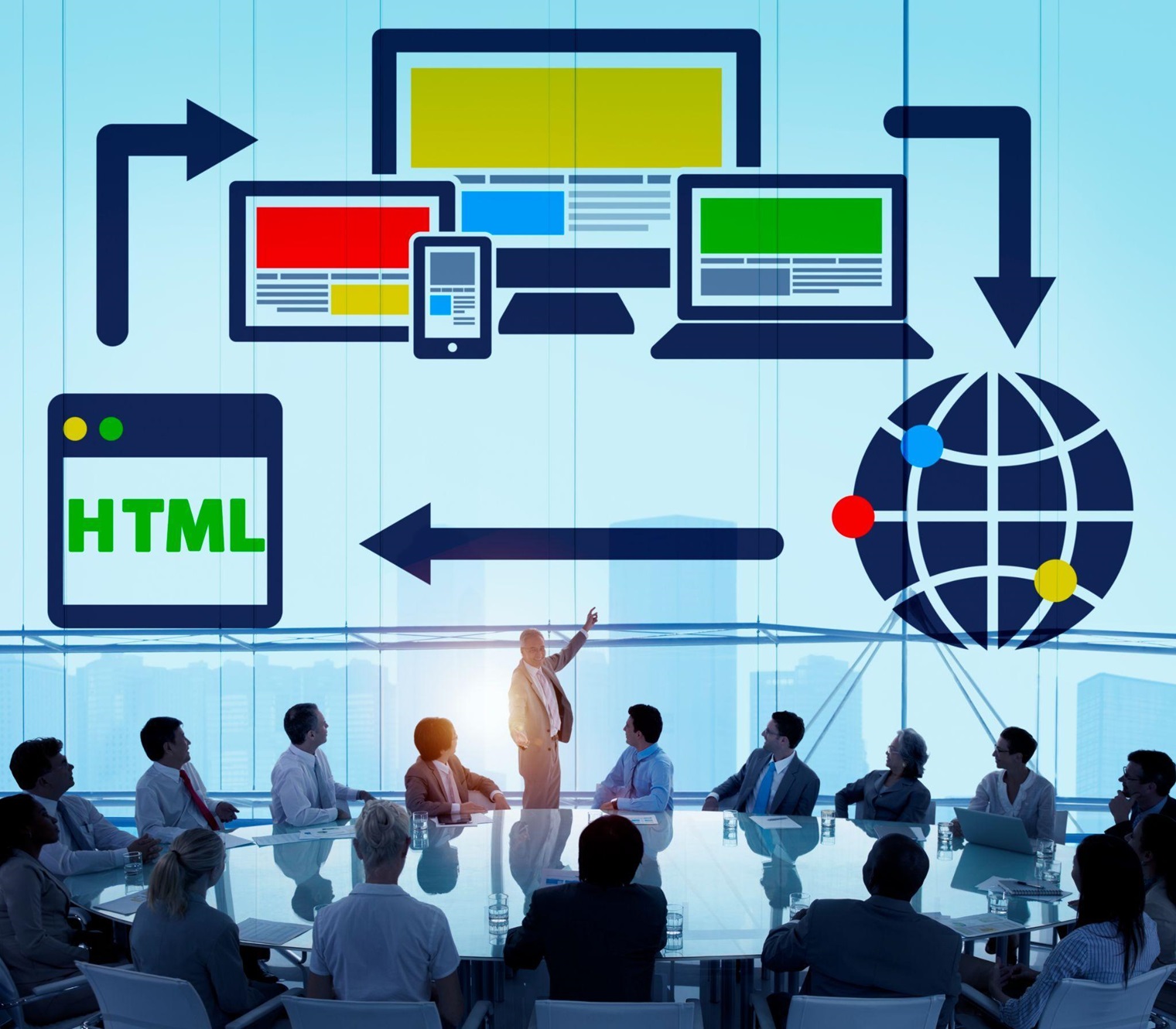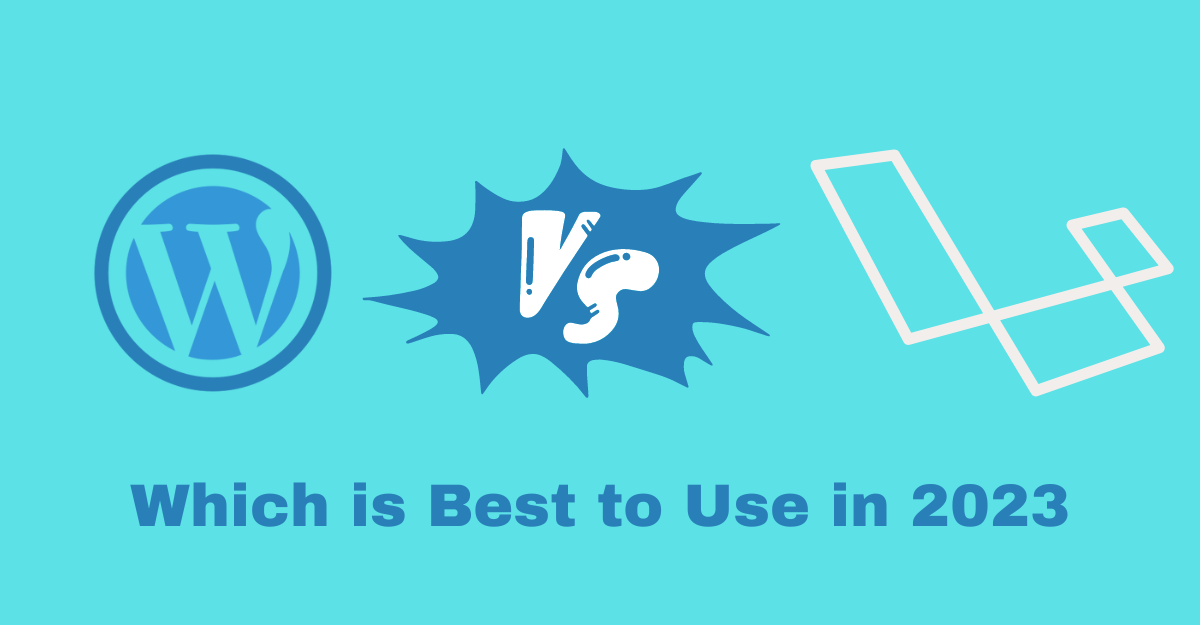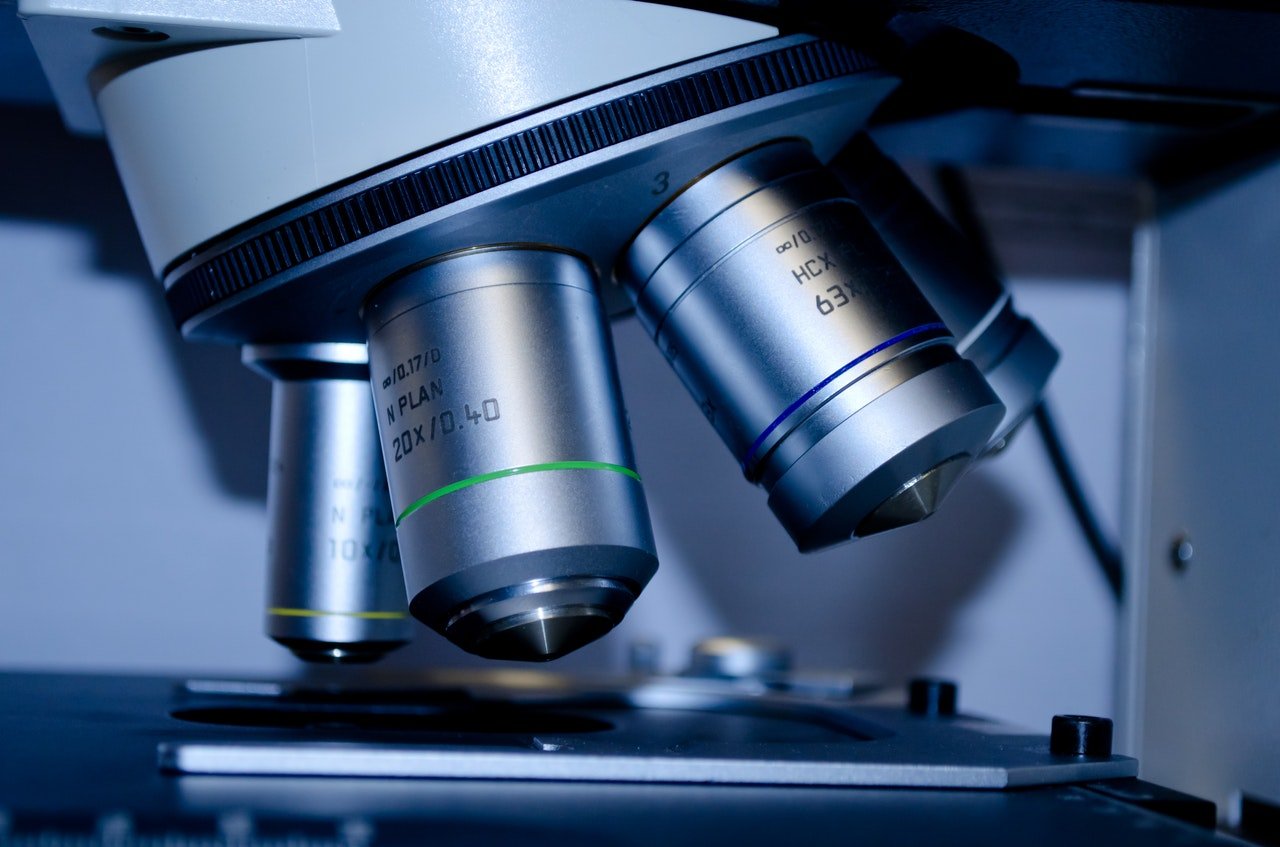
Medical Technology Used in Everyday Life
6 minutes | Word Count: 1050Medical technology has advanced tremendously over the past few years with some truly miraculous innovations. Some of the devices and applications are blurring the lines between medicine and everyday life. As with many things, people are finding other uses for things that are not their originally intended purpose, and devices developed for the mainstream public are now being used in the medical field.
As the world of technology grows, we are seeing a lot of cross-pollination between industries and the uses for new devices and applications are becoming multi-dimensional.
3D Printing
What used to be just fantasy is now an exciting reality. Laboratories are literally using 3D printers to print human organs, joints, and tissue for use in surgery. Medical device companies are using 3D printers to develop plastic medical devices with incredible intricacy. Medical pioneers are using different 3D printing methods to create prosthetics, medications, bone, skin, and cartilage. It may seem quite unbelievable, but these things are being developed in labs all over the world and used in real-life medical scenarios today.
The technology used in a lot of the 3D printers is called “powder bed fusion,” where the source material is poured on a surface and a laser melts the plastic or metal, layer by layer, shaping it into the desired form. 3D printers are very unique and require special cleaning equipment like printer wipes to keep nozzles and printer beds clean.
3D printers are used across a wide variety of markets, not just medical technology. Companies all over the globe are using 3D printers to make food, toys, automotive parts, and consumer products. Some of the industries that benefit from 3D printing are aviation, manufacturing and tooling, environmental engineering, musicians, and artists. It is difficult to imagine how far 3D printing will extend and what will come next from the technology.
Robotics
Robotics is another hot medical technology area right now that has crossed various industries. Robotic hands are getting in use in surgery to perform delicate, life-saving procedures. In remote areas of the country, robots are already in use to provide “telepresence” where a doctor on-call can answer questions or evaluate medical situations through a robot. Robotics also used for physical therapy for patients during recovery from major surgery. Some robotic systems even help with medication dispensing.
Robots are also widely used in manufacturing, the military, and in science and space exploration. Every toy store has at least one toy robot for sale now. In social aspects, robotics are being used as companions for older adults or less mobile individuals. There are even robots that clean your house and vacuum the floor. Drones these days are all the rage and act as a type of robot. Self-driving cars use robotics and will soon be a regular thing on every city street.
The military uses robotics for many purposes such as deactivating explosives and testing weapons, and they currently have more than 5,000 robots waiting to be used in actual combat to save human lives. First responder companies plan to deploy robots in dangerous, life threatening situations such as fires, medical emergencies, and police activities. The goal of using robots is to protect the public while also keeping our service men and women safe.
Medical Imaging and VR
Virtual reality, which is a big hit with gamers, is being used by hospitals to help burn victim’s transition into a state of peace and tranquility while they heal. VR enables them to be put into an entirely different environment during their rehabilitation. The potential applications for VR in a hospital setting are endless and could potentially replace the need to induce a medical coma.
Medical imaging is critical to the process of early detection for illness and hard-to-diagnose issues. Data from medical imaging is stored in the cloud for easy sharing and assistance with diagnosis. AR and 3D imaging are used for modeling and testing in the healthcare world before use on human subjects.
Mobile technology is deep in cross-technology. Apps for medical monitoring are widely used by physicians, visiting nurses and technicians; but those same mobile devices are also used to make calls, look things up on the internet, and a variety of other daily tasks. The same technology that works for medical imaging is also, what helps your face recognition work on your cell phone.
The same way your mobile device stores everything in the cloud and is interconnected with other devices in your home is being transitioned into the medical field. Radiologists use IoT devices that are connected to the internet to adjust brightness and contrast settings of medical images. These same devices also help with patient home monitoring and diagnostic workflows. All the data from medical imaging devices can be stored and shared online.
Big Data
Big data is a term tossed around frequently nowadays. It refers to massive quantities of raw data collected from all walks of life. Devices from license plate readers and website analytics to manufacturing information are all collected and stored as big data. The medical technology field also is collecting and storing vast amounts of data and using it to treat patients, diagnose illness and share information to find more innovative ways to manage and care for patients.
With more use of big data comes the need for new devices for collection and storage solutions for all this new information.
Other Cross-Pollination Technologies
Barcodes have been used in the retail and manufacturing industries for many years. Now that same technology is being used to help catalog and record medical data. Medical device companies like AccuVein, which helps technicians find a patient’s vein for inserting an IV or taking blood samples, are also using Barcode technology.
Big name companies like Google and Apple are taking their high-tech innovations into the medical field. For example, the newest version of the Apple Watch has a built-in echocardiogram feature. It also monitors for falls and alerts 911 if you do not respond after a few minutes. Paired with a heart monitor, the Apple Watch does a lot more than tell time now; it is also a health-monitoring device.
Dozens of areas of technology are being used in the private sector along with medical technology and healthcare fields, and as these areas evolve, we will most likely see a lot of more cross-industry use.



